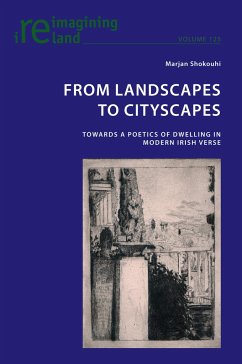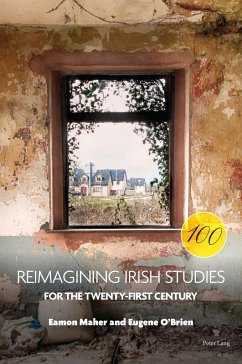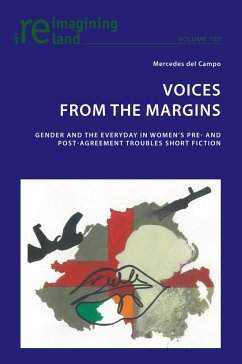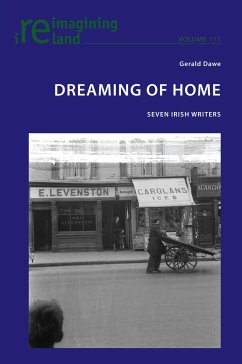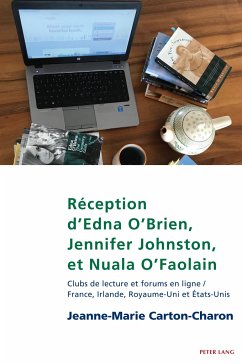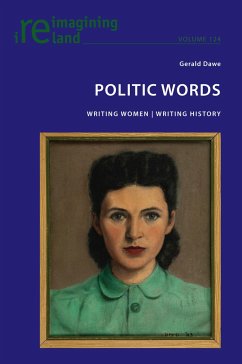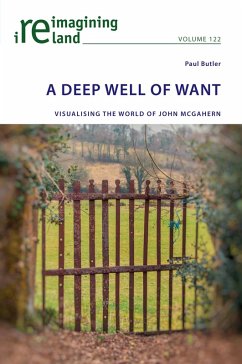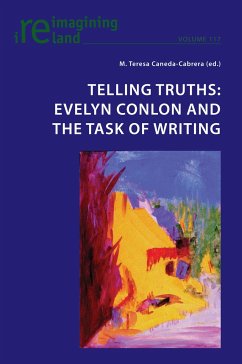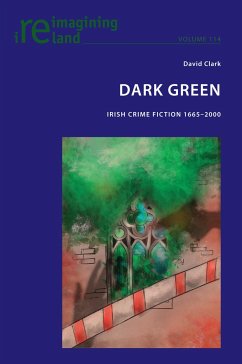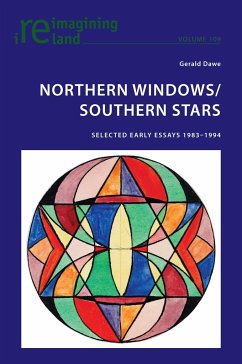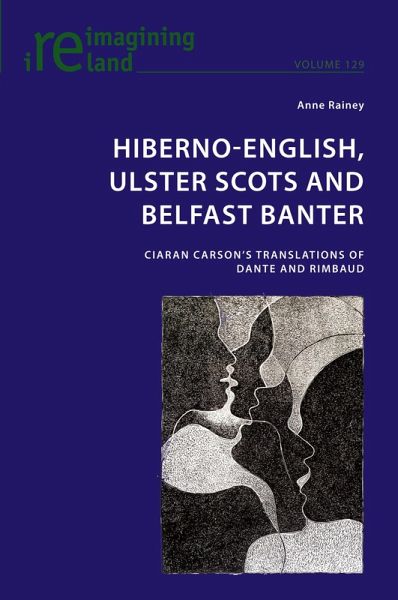
Hiberno-English, Ulster Scots and Belfast Banter
Ciaran Carson's Translations of Dante and Rimbaud
Herausgegeben: Maher, Eamon
Versandkostenfrei!
Versandfertig in 6-10 Tagen
52,95 €
inkl. MwSt.
Weitere Ausgaben:

PAYBACK Punkte
0 °P sammeln!
«This reader-friendly study of some of Ciaran Carson's major translations provides fascinating illuminations of his techniques as a translator and author. Anne Rainey's close readings, buoyed by selected theory, show how Carson's aesthetics and imagination were fuelled by linguistic and cultural pluralism.»(Dr Frank Sewell, Poet, Translator, Senior Lecturer in Irish Literature and Creative Writing at Ulster University)«For Ciaran Carson, translation was embedded deep in his DNA. He was fascinated above all else by the shared musicality of words across languages so that translation for him w...
«This reader-friendly study of some of Ciaran Carson's major translations provides fascinating illuminations of his techniques as a translator and author. Anne Rainey's close readings, buoyed by selected theory, show how Carson's aesthetics and imagination were fuelled by linguistic and cultural pluralism.»
(Dr Frank Sewell, Poet, Translator, Senior Lecturer in Irish Literature and Creative Writing at Ulster University)
«For Ciaran Carson, translation was embedded deep in his DNA. He was fascinated above all else by the shared musicality of words across languages so that translation for him was like a resonance chamber, always sounding, always musical. This book is timely and important, because it offers us a detailed and always sensitive account of how translation was not simply something that Ciaran did, but was an experience central to how he felt about and used language as a writer.»
(Professor David Johnston, Literary Translator, Professor ofTranslation at Queen's University, Belfast)
Ciaran Carson viewed translation as integral to his oeuvre. He imbues his version of Dante's acclaimed Inferno with modern socio-political concerns, placing it in a partly Irish context, beyond any border. Like Dante, he shows his regard for vernacular speech and provides dizzying perspectives switching from courtly love language to quotidian banter.
In his translation of Rimbaud, Carson completely dismantles the nineteenth-century texts before newly assembling them in translation. He employs dictionaries, musical rhythms and modern Hiberno-English slang to create Alexandrine sonnets and rhyming couplets forging Rimbaud's fin de siècle French into a new cultural rendering.
Carson's quick-witted and emotionally charged translations call for an original analytical framework. This book contributes to Translation Studies by presenting an original Hybrid Gricean Theory melding Gricean and neo-Gricean linguistic theories with pertinent translation theories to elucidate Carson's techniques.
(Dr Frank Sewell, Poet, Translator, Senior Lecturer in Irish Literature and Creative Writing at Ulster University)
«For Ciaran Carson, translation was embedded deep in his DNA. He was fascinated above all else by the shared musicality of words across languages so that translation for him was like a resonance chamber, always sounding, always musical. This book is timely and important, because it offers us a detailed and always sensitive account of how translation was not simply something that Ciaran did, but was an experience central to how he felt about and used language as a writer.»
(Professor David Johnston, Literary Translator, Professor ofTranslation at Queen's University, Belfast)
Ciaran Carson viewed translation as integral to his oeuvre. He imbues his version of Dante's acclaimed Inferno with modern socio-political concerns, placing it in a partly Irish context, beyond any border. Like Dante, he shows his regard for vernacular speech and provides dizzying perspectives switching from courtly love language to quotidian banter.
In his translation of Rimbaud, Carson completely dismantles the nineteenth-century texts before newly assembling them in translation. He employs dictionaries, musical rhythms and modern Hiberno-English slang to create Alexandrine sonnets and rhyming couplets forging Rimbaud's fin de siècle French into a new cultural rendering.
Carson's quick-witted and emotionally charged translations call for an original analytical framework. This book contributes to Translation Studies by presenting an original Hybrid Gricean Theory melding Gricean and neo-Gricean linguistic theories with pertinent translation theories to elucidate Carson's techniques.




